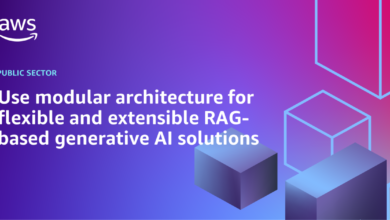Key considerations to cancer institute’s gen AI deployment

Internal development
GPT4DFCI was designed to be used for non-clinical purposes, says Lenane, and was first tested with users last year, with full release at the end of 2023 and beginning of 2024. Now, it’s used throughout the organization, including within IT. For example, people are encouraged to use it for documentation since it’s something many tech people don’t like to do or want to do, says Lenane. People use it for general research, too. “We encourage people to use it if needed to understand something they don’t know,” she says. “But we’re not sanctioning it or encouraging it yet across the board as a way to code faster. Instead, GPT4DFCI, based on OpenAI’s GPT-4 Turbo and hosted within the institute’s private cloud on Azure so no data is leaked back to OpenAI, is more of an improved search engine to help people better understand something.
Lenane herself uses it to help rewrite emails or documents. “If I’m trying to explain something to my boss, the CFO, I sometimes take the technical paragraphs and use the generative AI tool to make sure it’s worded well or to make it clearer,” she says. Augmented with additional AI models for content filtering and auditing, she also uses GPT4DFCI to update or merge job descriptions.
“I used it the other day to announce someone’s promotion,” she adds. “But it was a little too flowery for me. The whole department would have known I hadn’t written it, so I definitely made some edits.”



